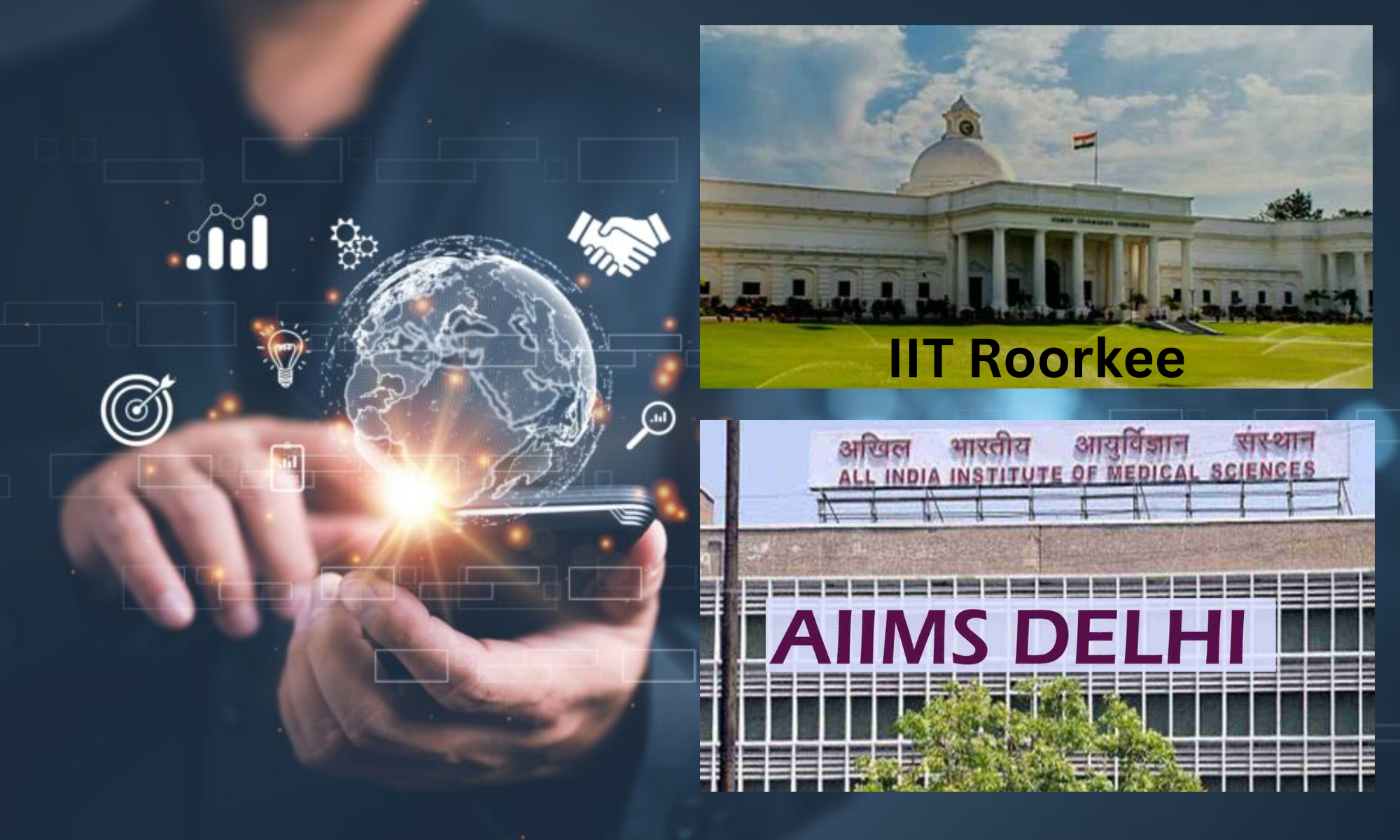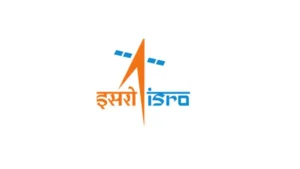App made by IIT Roorkee, AIIMS Delhi for pregnant women
To create the SwasthGarbh app, the Indian Institute of Technology (IIT) Roorkee and the All India Institute of Medical Sciences (AIIMS) New Delhi worked together. Pregnant women can access antenatal care and real-time medical support through the smartphone app. The software may be downloaded for free from the Google Play Store.
Buy Prime Test Series for all Banking, SSC, Insurance & other exams
SwasthGarbh app made by IIT Roorkee, AIIMS Delhi: Key Points
- SwasthGarbh app may be a crucial tool for women in rural areas and those who do not have easy access to doctors, according to a statement made by IIT Roorkee.
- The software was created by Sahil Sharma, Professor Deepak Sharma, Professor Vatsla Dadhwal, and Professor Aparna Sharma from the AIIMS in Delhi, all of whom work in the Department of Biosciences and Bioengineering at IIT Roorkee.
- The app helps expectant mothers by assuring punctual prenatal care appointments, documenting each clinical test, and enhancing medication adherence.
- The clinical evaluation of 150 patients showed how useful the app is for enhancing antenatal care quality and minimising problems.
- According to a statement from IIT Roorkee, the patients who enrolled on the App had significantly more mean antenatal visits and better compliance with the WHO recommendations.
Bharat Biotech’s Nasal Vaccine ‘iNCOVACC’ To Be Available at Rs 325 for Govt Hospitals
Advantages of SwasthGarbh app made by IIT Roorkee, AIIMS Delhi
The SwasthGarbh app was created by IIT Roorkee and AIIMS Delhi to provide the following advantages:
- To help pregnant women with hospital visits, in terms of when they are due and what tests are required.
- To keep track of clinical tests and symptoms; to automatically notify the doctor and patient when any parameter crosses the normal range or any danger sign is present.
- To post customised notifications to an individual, a group, or all patients; and to inform the women of precautionary measures.
The most significant benefit is that it permits two-way communication between the patient and the doctor for immediate medical intervention.




 Which City of Austria is Known as the Ci...
Which City of Austria is Known as the Ci...
 ISRO Launches RESPOND Basket 2025, Calls...
ISRO Launches RESPOND Basket 2025, Calls...
 Which is the Highest Peak in Andaman and...
Which is the Highest Peak in Andaman and...







